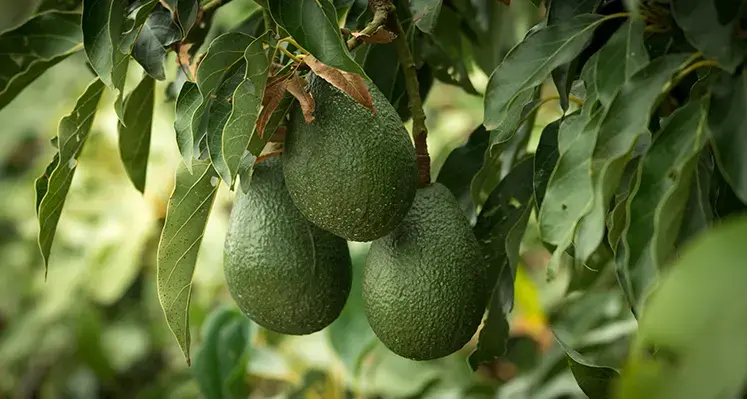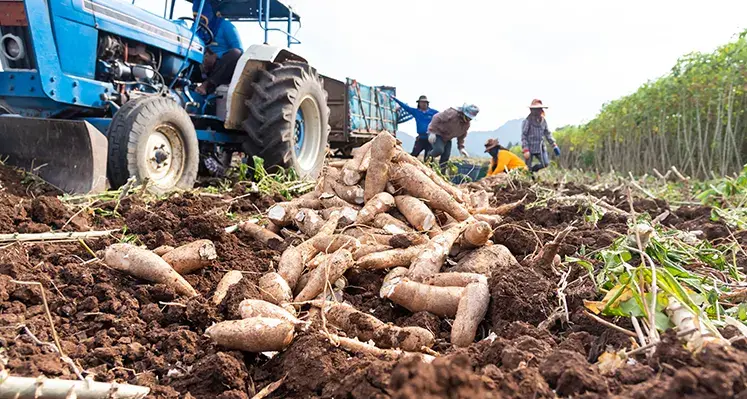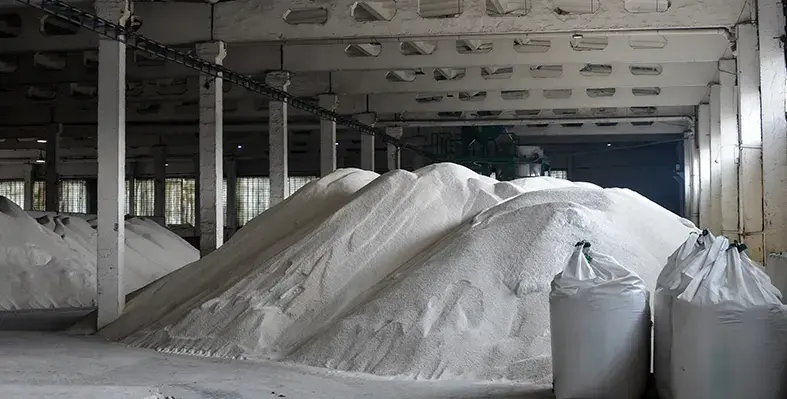Kakuzi Plc (NSE: KUKZ), one of Kenya’s most prominent agribusiness and superfoods producers, has secured a leading position in the upcoming 2025 Kenya Avocado Excellence Awards (KAEA).
The company, widely recognised for its premium-quality avocados supplied to both local and international markets, has received four nominations further reinforcing its reputation as a well-structured, diversified, and vertically integrated agricultural enterprise.
The Kenya Avocado Excellence Awards, hosted annually by the Avocado Society of Kenya, celebrate excellence across the avocado value chain. The sixth edition of this prestigious event is set to take place on 5 December 2025 at the Argyle Grand Hotel in Nairobi, where top performers in the industry will be acknowledged for their contribution to Kenya’s growing avocado sector.
Kakuzi’s four nominations cover significant categories that reflect its scale and expertise. These include the Large-Scale Orchards category, recognising its expansive Murang’a estates covering more than 100 acres; the Nursery and Seedlings Growers category; a nomination for Large-Scale Exporter, awarded to producers with over 200 containers shipped; and Auxiliary Services, highlighting its advanced and efficient packhouse operations. These nominations underscore the company’s influence across multiple stages of the avocado supply chain.
Speaking about the recognition, Kakuzi Managing Director Mr Chris Flowers said: “This recognition belongs to our exceptional teams for their collective efforts to position Kenya as a globally competitive producer of avocados.” He also praised the dedication of Kakuzi staff both in the field and at the packhouse, emphasising that the nominations “reflect the continuous commitment to producing quality avocados.”
Mr Flowers reaffirmed the company’s plans to strengthen its collaboration with smallholder growers, adding: “We will continue collaborating and empowering smallholder avocado farmers through technical training and capacity building to enable market access.”
Kakuzi currently operates 963 hectares of certified avocado production, making it one of the region’s largest producers. The company also runs an extensive outgrower scheme, helping hundreds of small-scale farmers improve production standards and access export markets. Additionally, Kakuzi provides free avocado maturity-testing services, ensuring that fruit meets the strict quality requirements demanded by export destinations.
These award nominations come shortly before the release of Kakuzi’s 2024 sustainability report, reaffirming the company’s commitment to environmental stewardship, ethical production, and social responsibility under its ESG framework. As sustainability and global market competitiveness become increasingly important for Kenya’s horticultural sector, Kakuzi’s recognition highlights its leadership in responsible agricultural practices.
The 2025 Kenya Avocado Excellence Awards will celebrate not only Kakuzi’s achievements but also the wider industry’s strides towards innovation, sustainability, and world-class production standards.












